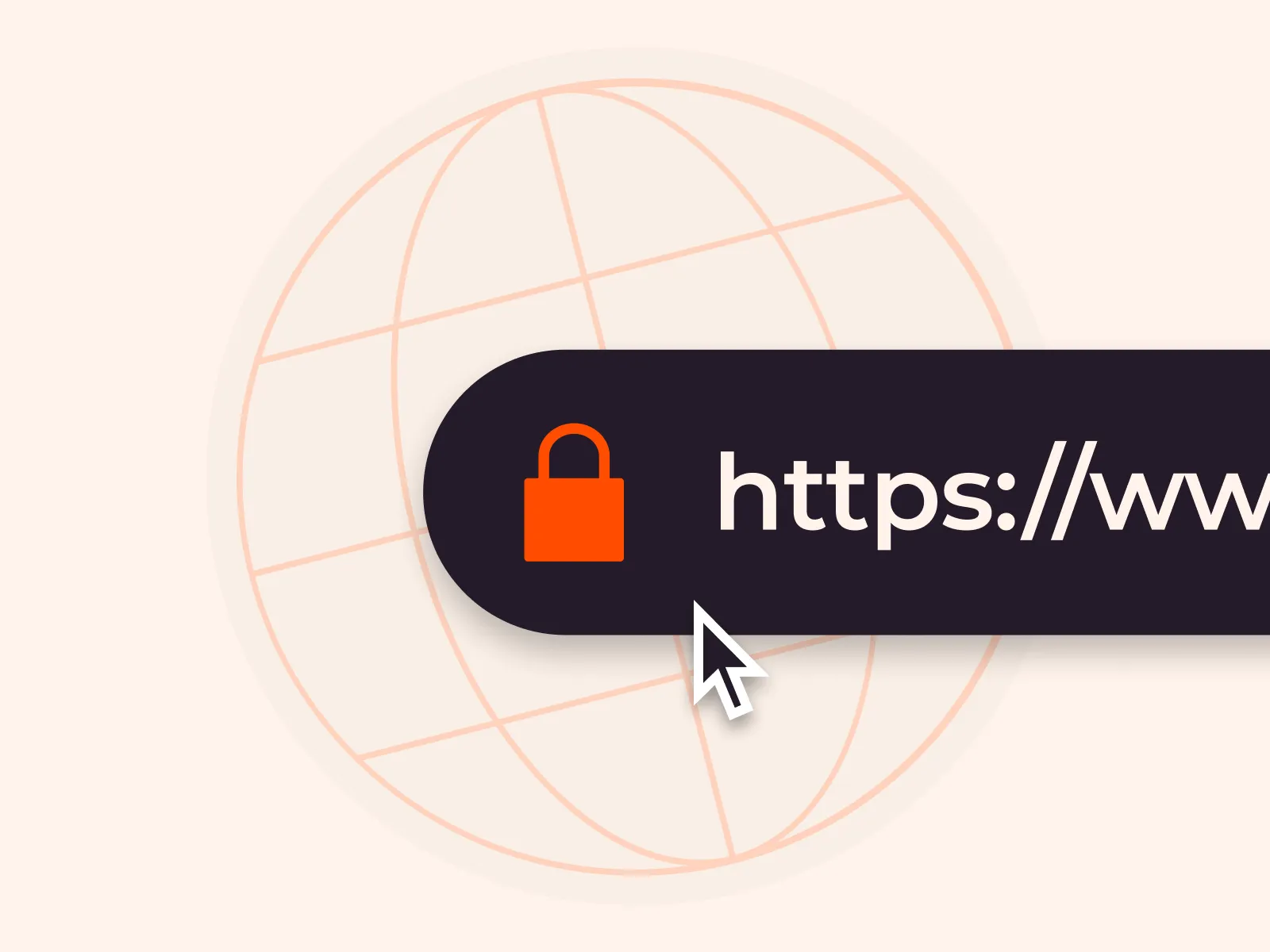Today SSL is practically a standard and most applications rely heavily on it. By running SSL on your local machine, the environment is more production-like, which makes testing and development much easier. It also allows you to run services that require it, such as GoogleMaps API location services, for example.
mkcert is a simple tool for making locally-trusted development certificates. It automatically creates and installs a local CA in the system root store, and generates locally-trusted certificates.
Step 1:
Install mkcert.
To start the installation you will use the brew package manager in MacOS.
command:
brew install mkcert
brew install nss # if you use Firefox or Chrome.
Install the local CA in the system trust store.
command:
mkcert -install
Step 2:
Generate the certificates.
To generate the local SSL certificate we must place the mkcert command and the local domain defined for your environment.
In this case we will use the example of local.test as the domain.
command:
mkcert local.test
Step 3:
Update the virtual host configuration in NGINX.
Initially, the configuration must be created in the corresponding directory of the virtual host for the Nginx server. Make sure your Nginx server block is listening to port 443.
listen 443 ssl;
and load the certificates.
ssl_certificate /Users/jp/Sites/vhosts/certs/local.test.pem;
ssl_certificate_key /Users/jp/Sites/vhosts/certs/local.test-key.pem;
The Nginx server block will look something like this now.
server {
listen 443 ssl;
server_name local.test;
ssl_certificate /Users/jp/Sites/vhosts/certs/local.test.pem;
ssl_certificate_key /Users/jp/Sites/vhosts/certs/local.test-key.pem;
root /Users/jp/Sites/jp/architectural-consulting-project/dist/;
index index.html index.htm;
charset utf8;
# redirect server error pages to the static page /50x.html
#
error_page 500 502 503 504 /50x.html;
location = /50x.html {
root html;
}
}
Now redirects all HTTP requests to HTTPS.
server {
listen 80;
server_name local.test;
return 301 https://$server_name$request_uri;
}
server {
listen 443 ssl;
server_name local.test;
ssl_certificate /Users/jp/Sites/vhosts/certs/local.test.pem;
ssl_certificate_key /Users/jp/Sites/vhosts/certs/local.test-key.pem;
root /Users/jp/Sites/jp/architectural-consulting-project/dist/;
index index.html index.htm;
charset utf8;
# redirect server error pages to the static page /50x.html
#
error_page 500 502 503 504 /50x.html;
location = /50x.html {
root html;
}
}
And restart the webserver.
brew services restart nginx
And that’s it, with this you can have SSL certificates for local development environments.
